News from 2006-2009 is archived in this post.
BCPOA 2009 Newsletter
The newsletter is posted on the forum. Update: Bridger Pines has almost surely secured TSEP funding for a sewer system, and plans to pursue a system independent of Bridger Canyon Partners.
Oil & Gas Zoning Amendment Passes in Zoning Commission Hearing
Deb Stratford shepherded BCPOA’s petition for a Natural Resources CUP amendment through the planning office and into today’s joint Zoning Commission/County Commission hearing. We and other Canyon residents testified in support of the amendment. (Background on the amendment is in the forum at http://groups.google.com/group/bridger-canyon-forum ). A representative for Canyon landowner Jim Taylor supported the general idea of resource zoning, but opposed the proposed amendment.
Ultimately, the commission voted unanimously in favor of approval. The vote of approval transmits a recommendation to the County Commission, which will act at its next opportunity (probably October 21 or 22). The commission will not need to reopen public comment at that point, because today’s joint hearing already satisfies the requirement for a hearing, but will likely do so anyway, in part to provide further opportunity for opponents to speak, as requested by Commissioner White. Given today’s unanimous vote, it seems reasonable to hope that approval is almost certain.
Further hearing details and Chronicle coverage in the forum.
Notice – Oct 9 Public Hearing re Bridger Canyon Oil, Gas & Mining Zoning Amendment
On October 9th, the Bridger Canyon Planning and Zoning Commission and the Gallatin County Commission will hold a joint hearing to consider a request from the BCPOA to amend the zoning regulation. The hearing begins at 9:00 am in the Courthouse Community Room, 311 W Main St., Bozeman. For details, see this forum message.
DNRC Proposes Oil & Gas Lease Sales in Bridger Canyon, Bangtails, Bozeman Pass
For news coverage, maps, and information see the Bridger Canyon Forum.
Base Area Coverage in Outside Bozeman
Outside Bozeman’s Summer 2008 edition has a short article on the status of development in the Base Area. They write, “If there’s one thing to learn from this, it’s “don’t mess with the BCPOA”—it fought developers all the way to the Montana Supreme Court in 1995 and won.”
Annual Meeting
The BCPOA annual meeting will be held on May 29th (see the calendar for details). The agenda includes a review of the big developments this year, election of new directors, some minor amendments to the bylaws, and an introduction to the new Bridger to Bangtail Coalition, among other things. Join us beforehand for a tour and dedication for the expanded fire station.
BCPOA ’08 Newsletter
The 2008 BCPOA Newsletter is up (hopefully you already received a copy in your mailbox). You can read it here. One erratum: the propane purchase deadline is April 30th (not the 20th).
Base Area Development Proposal Withdrawn
3/27/2008
Bridger Canyon Partners has withdrawn its current application to develop Bridger Mountain Village in the Bridger Bowl base area. Undoubtedly there will be another proposal, but for the moment we have avoided a bad outcome. Hopefully this increases the possibility of a development in accordance with our zoning. Thanks to all who helped bring this about!
Update: see coverage in the Chronicle and NewWest. Tell us what you think in the forum.

Base Area Update, Research and Emergency Pages Added
1/17/2008
We’ve added a page on emergency preparedness.
BCPOA continues to meet with BCP, the Gallatin County Planning Department, and Bridger Bowl, in order to achieve a good outcome in the Base Area. The focus of our conversations with the county has been our research into ineligible density transfers and other legal and procedural problems with the application. We’ve documented our findings here.
Base Area Development Update
11/17/2007
Here is the latest on the proposed development at Bridger Bowl.
As a quick review, On May 15, BCP asked the commission to table its Master PUD and Phase 1 CUP applications for Bridger Mountain Village, to permit facilitated conversations with BCPOA. As of today, the application remains tabled.
Over the summer, facilitator Mike Lily read the applications and our web site, and worked with BCP and BCPOA to identify many areas of disagreement. Water and phasing emerged as keystone issues, in need of resolution before discussion could proceed in other areas.
Meanwhile, BCPOA found and hired a respected land use planner, Jimmy Pepper, to review the proposed development. We concluded that he had good ideas, and agreed that Pepper and BCP’s Dick Prugh should work together to tackle the water and phasing issues.
On October 24, representatives from BCP, BCPOA, Bridger Bowl, and other base area landowners met to discuss Prugh & Pepper’s progress. A number of changes were presented, including:
- an offer to withdraw the Phase 1 CUP application (this has not yet occurred)
- removal of 4 overnight units from the Crosscut meadow (in addition to 21 removed in the spring hearings)
- relocation of the 25 units removed from the meadow adjacent to the existing Bridger Bowl base area
- principles guiding phasing, such that
- any initial construction would include density adjacent to the existing or proposed bases
- commercial space and other amenities, overnight units, and recreational homes would be built in proportion
- an offer to apply for water permits for subsequent phases as conditional use permits are applied for, relying on phasing principles to create a good project if water proves insufficient at later dates
- removal of plan detail for secondary roads
On November 2, BCP and BCPOA met to discuss further refinements, including relocation of residential units and roads bracketing Bridger Creek. We continue to fund Pepper’s work with Prugh, to flesh out the principles guiding phasing and to develop detailed design standards for areas designated for development.
As things now stand, we are pleased with the results the planners have achieved, but much remains to be done:
- The idea of relying on a master land use plan, implemented by subsequent detailed plans, to manage water availability and other contingencies remains untested until detailed specifications are drawn up.
- A number of legal and procedural issues need to be resolved with the county before we can have a road map to an enforceable project specification that does not create loopholes in our regulations.
- Detailed building and site design specifications are needed to ensure a light footprint and tighter integration with Bridger Bowl.
- Other issues raised in testimony, including traffic, have not yet been addressed.
It remains BCP’s ambition to implement changes to the application by adding conditions of approval, in order to have a hearing in January. BCPOA hopes that BCP instead will submit a formal amendment to its application, in order to provide for adequate planning and public review. Taking the time to allow our collaboration to mature should result in something truly new and viable to present. We look forward to continued positive progress between our groups.
We are encouraged by the progress that has been made. We are where we are thanks in large part to the work of our land use consultant, Jimmy Pepper. Which leads to our plea for donations. We need a significant infusion of immediate cash to sustain our momentum and progress. This is money well spent: it helps us to craft an attractive Base Area development, and is providing essential information for future improvements to the zoning regulations and general plans. In order to continue moving forward, we need financial support from each and every owner in the Canyon. Please look deep within yourselves and determine how important maintaining the integrity of our canyon – its water supply, natural beauty, and wildlife – is to you.
Please send your contribution to: BCPOA, PO Box 10541, Bozeman, MT 59715. If you prefer to make a contribution in the form of stock, please contact our Treasurer, Mary-Martha Bahn, at 587-5229 for details on how to make this happen.
As always, thank you for your support. If you have any questions please don’t hesitate to contact one of your Board Members.
Gallatin Gateway Developments
Gallatin Gateway citizens are working to develop a neighborhood plan. That’s been a contentious issue lately, due to pending applications to increase the scale of gravel mining. They seem to be facing many of the same issues we do in defending our zoning. Check out their web site at www.gatewaycommunityplan.com
Base Area Discussions Ongoing
The Bridger Mountain Village PUD application remains tabled while BCP and BCPOA pursue facilitated discussions. See Status.
Gallatin Grassroots Forum on the future of Gallatin Valley
The Gallatin Grassroots Forum and NewWest.Net are hosting the first in a series of community conversations titled, Shaping the Future of the Valley: Our Growing Challenge, at 7pm on September 12th at the Museum of the Rockies. The evening’s panel will consist of community members and specialists that will discuss issues that are essential to our valley: agriculture, Walt Sales, Gallatin Valley Farmer; community design & growth management, Ralph Johnson, MSU architecture professor; housing & real estate, Andy Epple, City of Bozeman’s Director of Planning and Zoning; water & air quality, State Rep. JP Pomnichowski, HD 63; economic vitality, Sarah Waring, Sonoran Institute. See Gallatin Grassroots Forum for details.
Bridger Canyon Picnic August 26
OLD FASHIONED BRIDGER CANYON PICNIC
‘The Way We Were’
JOIN FRIENDS AND NEIGHBORS
Sunday, August 26, 2007 – Hennings’ Barn
7300 Bridger Canyon Road – 1:00 p.m.
What to bring:
* Your Family
* Your Yard Chairs
* Your Favorite Potluck Dish to Share (Serve 12 people)
* Your Drink (Lemonade & Coffee Provided)
* Your New Neighbor
Food to share, good company and games for the kids
Budworm spraying planned for June 25
See the forum for details.
Annual Meeting
We have a new board! Thanks to outgoing board chair Alex Eby and members Ken Danhof, Mike Smith, Don Daniels, and Richard Boyle for their hard work. Welcome to new board members Tom Bergsland, John Neerhout, Mary Martha Bahn, Rick Anderson, and Pauline Sager.
Bridger Mountain Village Application Tabled
May 15, 2007. At today’s zoning commission hearing, Bridger Canyon Partners asked that board discussion be continued to a later date, to enable facilitated discussions with BCPOA and residents, in the hope of reaching some agreement. Also, the planning department delivered its amended staff report and a verbal response to BCPOA and canyon resident concerns (see the Base Area page).
Spruce budworm information & discussion page
A number of canyon residents plan to spray Bt, a bacterium, to control the spruce budworm infestation that is currently afflicting our trees. BCPOA is not sponsoring or coordinating the spraying, but we are providing information and a forum for discussion. We particularly want to ensure that pros and cons are weighed carefully, and to assist with notification when spraying is to occur.
We’re using the new discussion forum to facilitate comment and coordination. Anyone can browse and post messages (you only need a google id to post), and you can join the group to be automatically notified of new content (which might include spray notification). The forum includes a page of budworm information and links, which we will augment over the next few days.
Introducing Bridger Canyon forum
We’ve created a forum for discussion and collaboration on canyon issues.
Anyone can browse or post messages. You can receive email notification of new posts, and receive the RSS feed in your favorite news reader. We hope this will be useful for coordinating budworm spraying and other initiatives.
Base Area updates
We have posted most BCPOA testimony from the zoning hearings and updated the Base Area page.
Next base area zoning hearing – May 15
April 17, 2007. Public comment on the Base Area development proposal is now closed. BCP wrapped up its rebuttal Tuesday night. The zoning commission has continued the hearing to May 15, 1:00 PM for board discussion. Be sure to attend!
Media coverage of the Base Area hearing
Bozeman Daily Chronicle
Opponents slam Bridger Canyon plan
By DAVE RICHARDSON, Chronicle Staff Writer
Community response to a zoning hearing on the massive proposed Bridger Mountain Village development adjacent to Bridger Bowl indicates the project could prove to be a tough sell indeed. [more…]
NBC Montana – KFCW News Channel 9
A BIG DEVELOPMENT PROJECT IN SOUTHWEST MONTANA IS SEEING A FIRESTORM OF CRITICISM.
Author: Lincoln Graves 4/13/07
It’s called the Bridger Mountain Village and if it goes forward, Bridger Bowl could be in for some major cosmetic changes. [more…]
It’s still not too late! Hearing continued …
April 12, 2007. Today the Bridger Canyon Zoning Commission heard testimony on the proposed Base Area development. Many Bridger Canyon and Bozeman residents showed up, and about 20 testified, including BCPOA board members. We have a lot to say, so it took a long time, but many good points were made. Many more residents and other interested parties are still on the list to speak. The hearing has been continued to 1:00 PM, Tuesday, April 17th. The public commment period has not been closed, so you can still send a letter or sign up to testify.
Today, after a little quibbling over ground rules, we heard Randy Johnson deliver the Planning Dept. Staff Report . Next up, Dick Proulx delivered Bridger Canyon Partners’ presentation. Then the commission opened the floor for public testimony … If you want to catch up, you can listen to the taped testimony at the county offices, but honestly, we’d advise you to wait for the book. We will post written testimony here if we deem it to be of general interest.
Interested, but unable to participate? Send the board your thoughts!
It’s not too late to participate!
April 10, 2007. There’s still time to enter a letter into the public record before the Base Area zoning hearing, and we’ll help you get there to testify. See our updated instructions.
Thank You!
April 5, 2007. BCPOA has received many generous contributions in support of our efforts to guarantee an attractive outcome in the Bridger Bowl Base Area. Your donations provide much needed legal and technical expertise to support the hundreds of hours volunteers have invested in this project.
Gallatin County Planning Department’s Staff Review of the proposed development is out.
April 5, 2007. Check the Base Area page for comment and a copy of the report.
Base Area Hearing Moving Forward on April 12th.
Mar. 21, 2007. Your participation is critical. See 10 ways to help.
BCPOA 2007 Newsletter
Feb 2007. The 2007 newsletter will be in your mailbox soon. Topics include:
You can read it here!
Base Area PUD Hearing Postponed
The zoning hearing for Bridger Canyon Partners’ PUD application has been moved from March 8th to April 12th.
Bridger Bowl Base Area Update
The BCPOA Development Committee has been tracking Bridger Canyon Partners’ plans for development in the Bridger Bowl Base Area. Find out more about our concerns and ways to help.

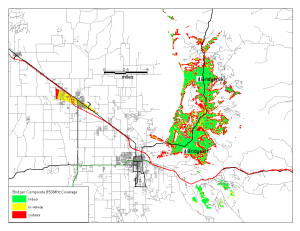
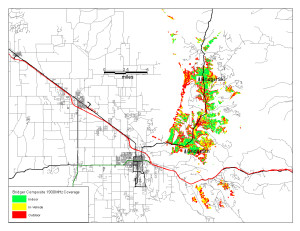
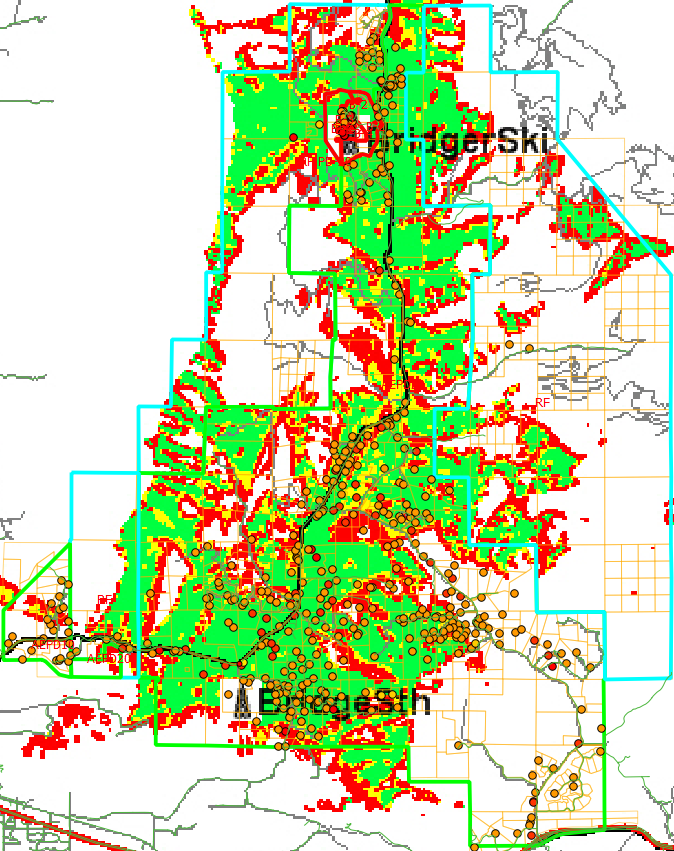
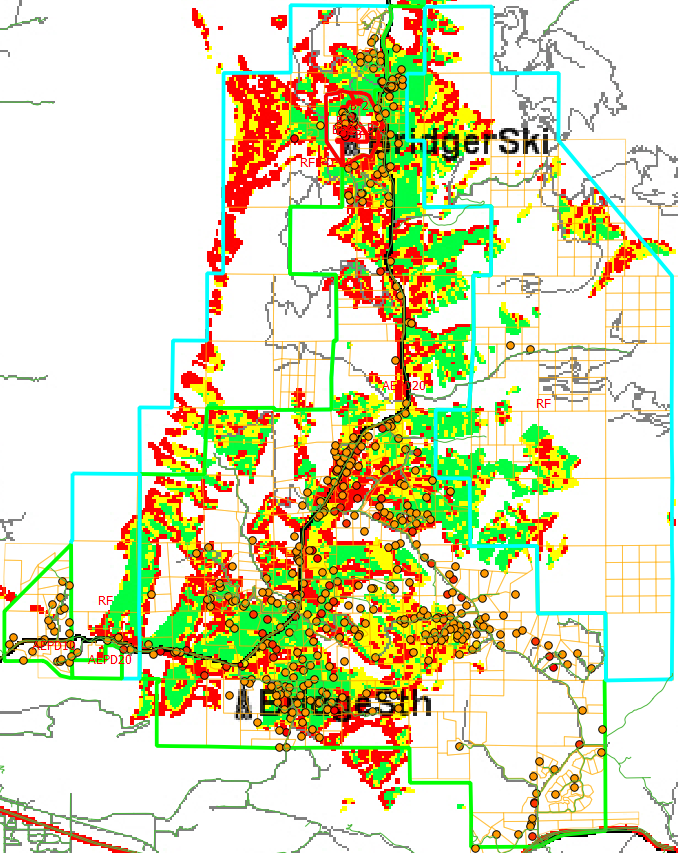
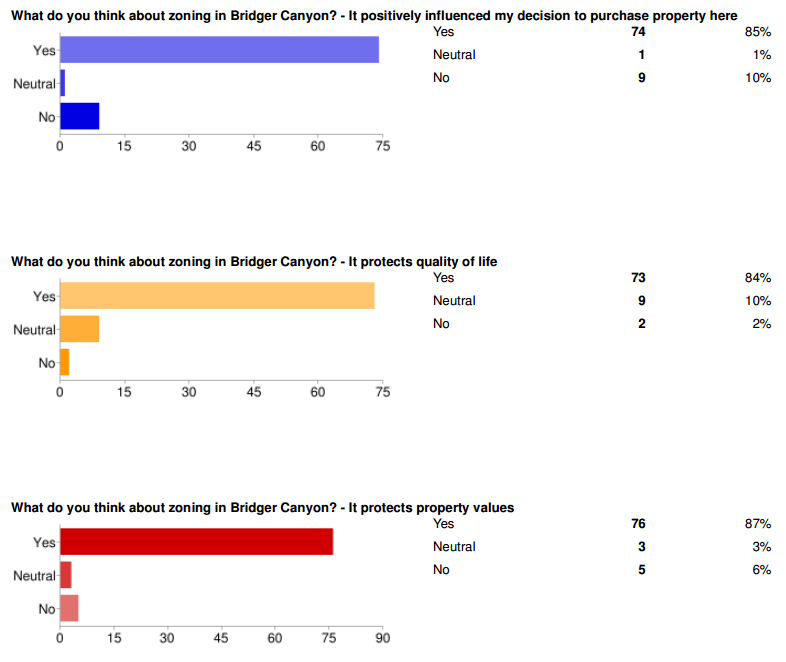



 Twitter
Twitter Facebook
Facebook RSS
RSS Email
Email